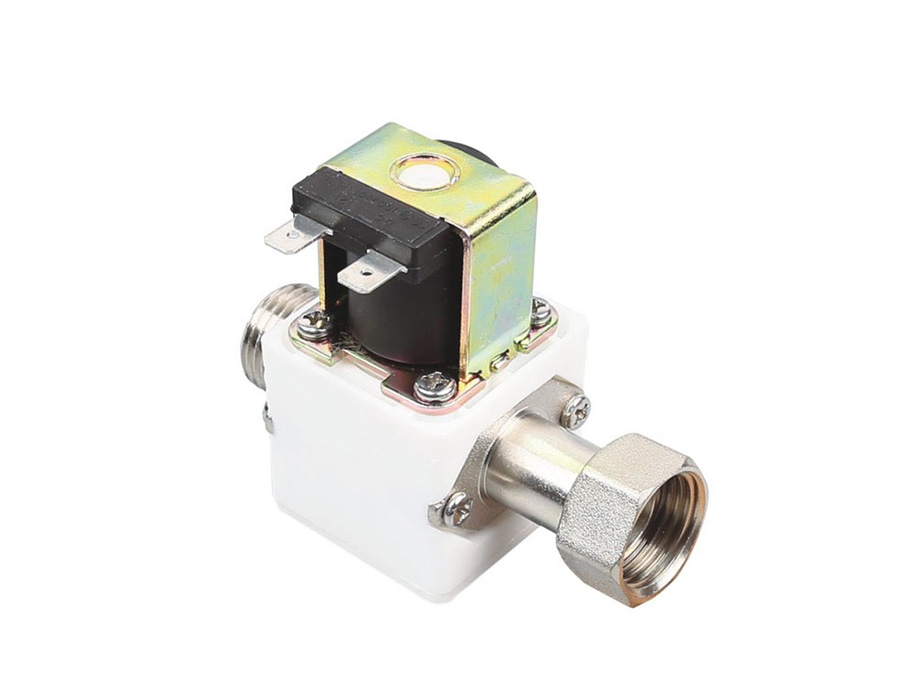The solenoid valve is used to control the flow of liquid or gas in the system. It is usually powered by electromagnetic energy in the coil. These valves are very useful in converting electrical energy into mechanical energy. The following are some common problems that may occur with solenoid valves.
1. The valve cannot be opened
The solenoid valve may fail to open due to power failure, uneven pressure, incorrect voltage, dirt under the diaphragm, corrosion, missing parts, or coil burnout. However, because there are too many reasons, you must try to narrow the scope of the problem to solve it. In this process, the most important components that you must evaluate are the power supply, valve diaphragm, diaphragm spring, flow control adjustment, valve inlet or outlet, and valve discharge.
2. Valve partly close
The valve may sometimes fail to close. This may be due to manual override, differential pressure, remaining coil power, damaged armature tube, inverted or damaged valve seat, and some missing parts. Be sure to thoroughly check your wiring, wire connections, components and diaphragms to see what the specific problem is. You can also try to lift the coil slightly to check for the presence of electromagnetic fields. If you have an inverted diaphragm, it will be wise to replace it with a new item before reinstalling.

3. Erratic valve sounds
Each time the valve is closed or opened, you may hear a disturbing hammering sound, or in other cases, you may hear a buzzing sound when the solenoid valve is operated. These erroneous valve sounds may be caused by the difference in inlet or outlet pressure inside the system. The opening of the water hammer valve may be due to the high liquid pressure through the small pipe hole. Installing a T-tube before air enters can help reduce noise and impact. The size of the pipeline can also be increased to reduce the speed of the liquid assembly. Increasing the pipe size is also a good way to reduce the inlet pressure of the valve.
4. Coil problem
The coil may burn out, melt, or maintain a low temperature even when energized. These coil problems may be caused by short circuits, coil armature drag, voltage errors, and excessive temperature of the medium (gas, liquid, etc.).
To avoid the wrong voltage supply, be sure to check the voltage compatibility of your coil, if it is AC or DC, with the power supply. Check for moisture inside and replace it if necessary. Replace any damaged or bent armature, and check the compatibility of the medium with the valve. Don't forget to move the solenoid valve to a colder area, otherwise, it may increase the ventilation around the valve and the coil.
The above information is provided by pulse valve supplier.